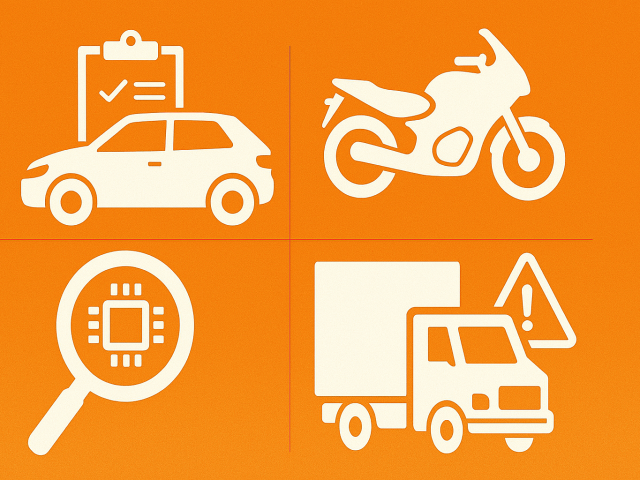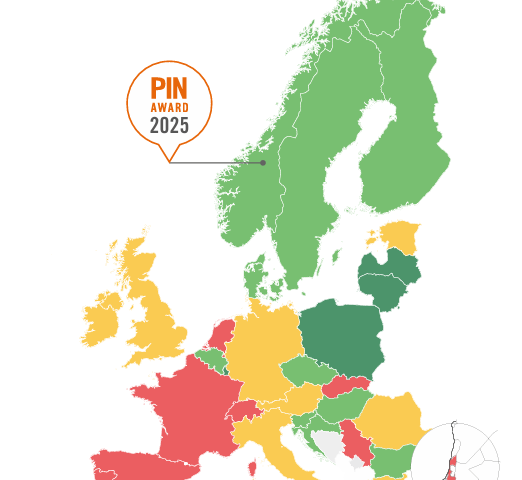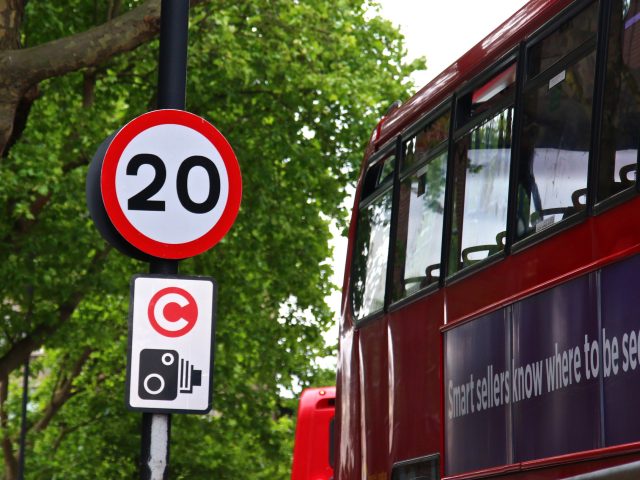Report calls for action on goods vehicle safety
A quarter (25%) of road deaths in the European Union are the consequence of a collision involving a goods vehicle, according to the European Transport Safety Council, authors of a new report on the safety of goods transport by road.
According to the new analysis, 3310 people lost their lives in police-reported road collisions involving a heavy goods vehicle (HGV) of 3.5 tonnes or above in the 27 countries of the EU in 2018. In the same year, 2630 people were killed in collisions involving a light goods vehicle (LGV) of less than 3.5 tonnes.
ETSC is particularly concerned about the risks involving HGVs. The data show that on a per-km basis, many more people die in collisions involving HGVs than die in collisions involving only non-goods vehicles. Over the nine years covered by the report, deaths in collisions involving HGVs have also been reduced more slowly than those in collisions involving only non-goods vehicles.
Since 2010, in the EU, deaths in collisions involving an HGV have been reduced by, on average, 1.8% annually compared to a 2.8% reduction in the number of road deaths in collisions where no type of goods vehicle was involved.
Last year the EU agreed to increase the minimum safety standards for new lorries from 2026 by, for example, enabling drivers to see other road users more easily through larger windscreens and transparent panels in doors, and by requiring pedestrian and cyclist detection systems.
As the detailed technical specifications for these standards are currently being worked out, ETSC is calling for high standards to be implemented. In the short term ETSC recommends local authorities to follow the example of cities like London, by granting lorries access to city centres based on their level of safety.
ETSC is also calling for road infrastructure that better protects vulnerable road users from interaction with goods vehicles, such as separated cycle lanes.
Antonio Avenoso, Executive Director of ETSC commented:
“In the last few weeks of the COVID-19 pandemic we have seen cities across Europe rapidly adapting road infrastructure to meet increased demand for cycling and walking. This shows how relatively simple it is to introduce life-saving measures, and also how important political will is to making change happen quickly.”
“Road deaths kill a million people globally every year. This new public health crisis brings with it an opportunity to remake our transport system in a way that boosts health, reduces injury and frees up much-needed capacity in our health systems for the long term.”
ETSC is also recommending a range of other measures to increase safety in goods transport covering the main risks of inappropriate speed, drink driving, fatigue, distraction and failure to wear a seatbelt. The recommendations cover EU institutions, EU member states, other European governments as well as local authorities.
Download the report at www.etsc.eu/pinflash39
Notes to editors:
- For the first time in an ETSC report, data for the United Kingdom are excluded from aggregate EU data, following the UK’s exit from the European Union on 31 January 2020. UK data are included in the report as the UK continues to participate in the ETSC Road Safety Performance Index (PIN) programme, alongside 27 EU and 5 other non-EU countries.
- ETSC’s Road Safety Performance Index (PIN) programme receives financial support from the German Road Safety Council (DVR), Toyota Motor Europe, the Swedish Transport Administration, the Norwegian Public Roads Administration and CITA – the International Motor Vehicle Inspection Committee.
- ETSC is a Brussels-based independent non-profit making organisation dedicated to reducing the numbers of deaths and injuries in transport in Europe.







